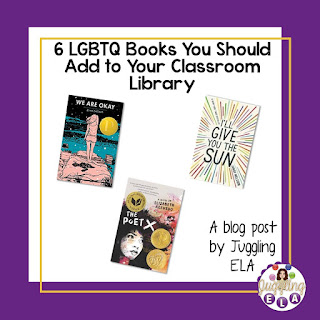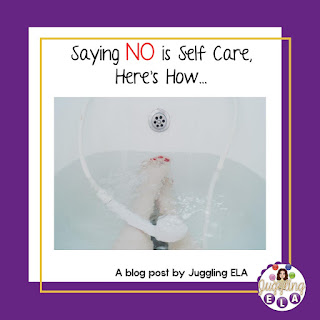There are many ways that the public library can be a teacher’s best friend. Here are a 6 reasons why every teacher should use the library.
- Seasonal/holiday books. Many teachers that teach primary grades like to use seasonal and holiday books. This might take some planning but if you’re organized you can utilize your local library for all of your seasonal/holiday needs. Just don’t wait until the last minute.
- Movies: My school always blocked youtube because there are some things on there that are not school appropriate. I used to use Netflix in my classroom but one day my school decided to block it because it was slowing down the server. Even if it wasn’t blocked, Netflix is constantly changing the content and you might find that a movie you want to show your class has disappeared. I don’t know about other schools but we’ve had plenty of days when the internet went down. I’d rather get the DVD from the library than have to deal with all of these issues. If your library doesn’t own the movie you need, they will interlibrary loan it for you. One time I wanted four different versions of Hamlet and my library got them for me.
- Audiobooks: We all have reluctant readers in our classes and audiobooks are a great way to help struggling readers. You can have them listen individually or you can use the audiobook with the entire class. You can get traditional CD audiobooks (I use the CD drive on my computer which is hooked up to the smartboard so the audio is excellent) or you can use the Libby app and play them on a device (iPad, phone, etc.)
- Summer Reading: Obviously every library is different but my local library collaborates with the schools in the area for summer reading. The library pulls the books that are on the summer reading list and keeps them on a cart for the convenience of the students. This way students can easily access the book(s) they have to read over the summer break.
- Databases: Your school library will have databases but the public library tends to have a better budget so they will have more databases. You can use these for your own research or have students use their own library card to use them. (If your school collaborates with the local library usually they bring library card applications to the school.)
- Collaboration: There are many ways that schools/teachers can collaborate with the local library. Here are a few suggestions:
- Class projects
- Library card applications
- Library Visits
- Summer Reading
- Author Visits
- Other Events




























